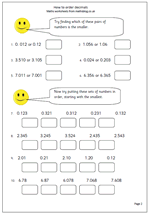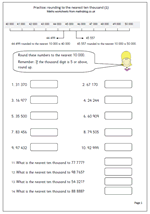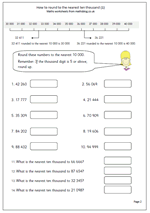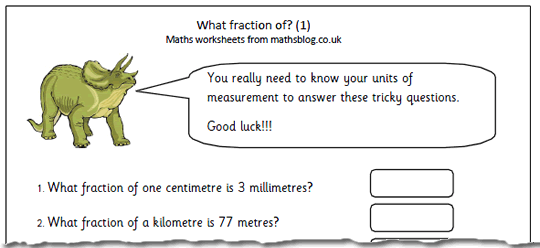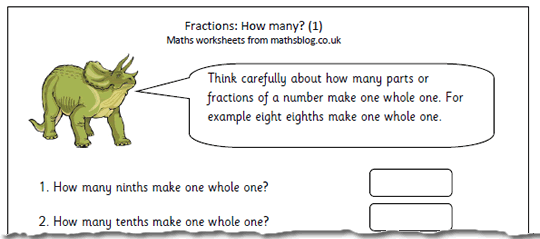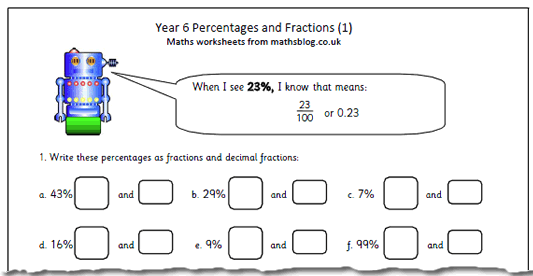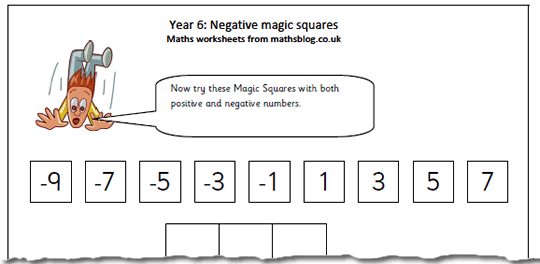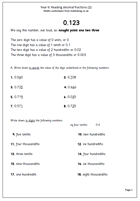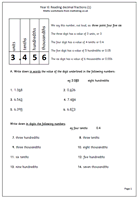This week I am slightly reorganising the way that pages are being organised. I have had a lot of requests from teachers asking if resources can be organised in terms of the Block and Unit Planning required by the Primary Framework for Teaching. I have decided to start with Year 6 and with ordering decimals. As this is the first full week of the summer term for most schools, it follows as Block A Unit 3 Week 1 in the planning: Counting, partitioning and calculating.
I have added a heading in the Year 6 worksheets called Block and Unit Planning. This page can be found there, as well as in the Year 6 Understanding Number section. A small beginning, but over the weeks this should develop into a useful resource.
